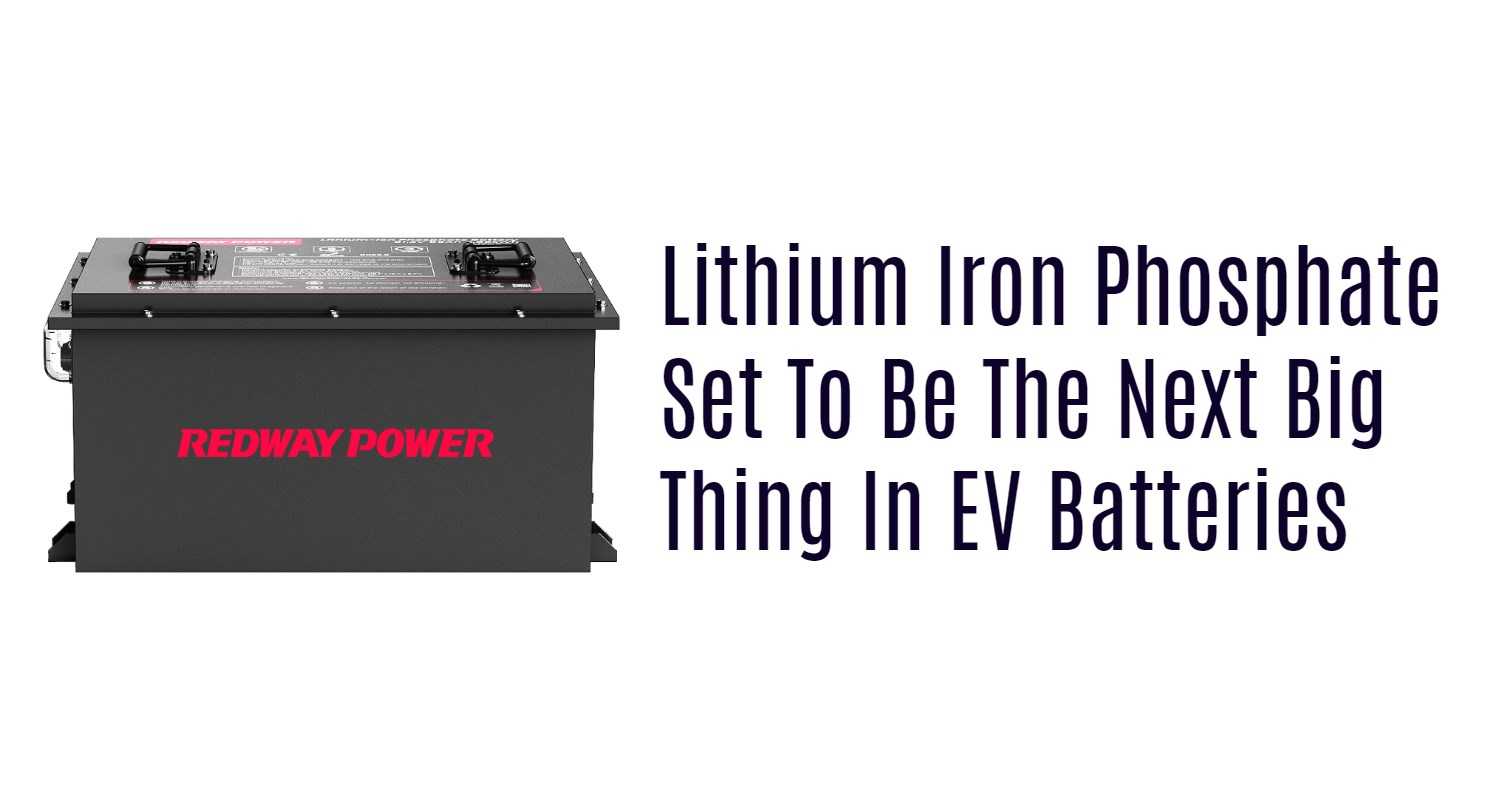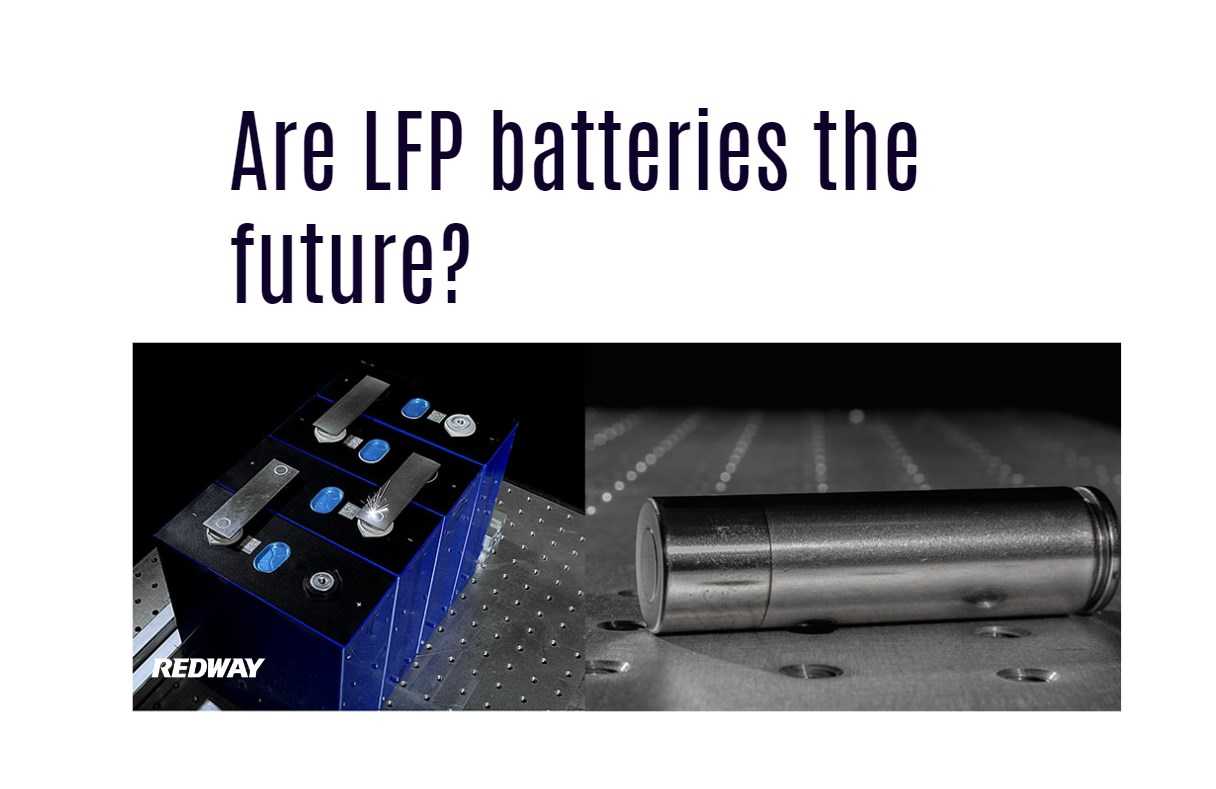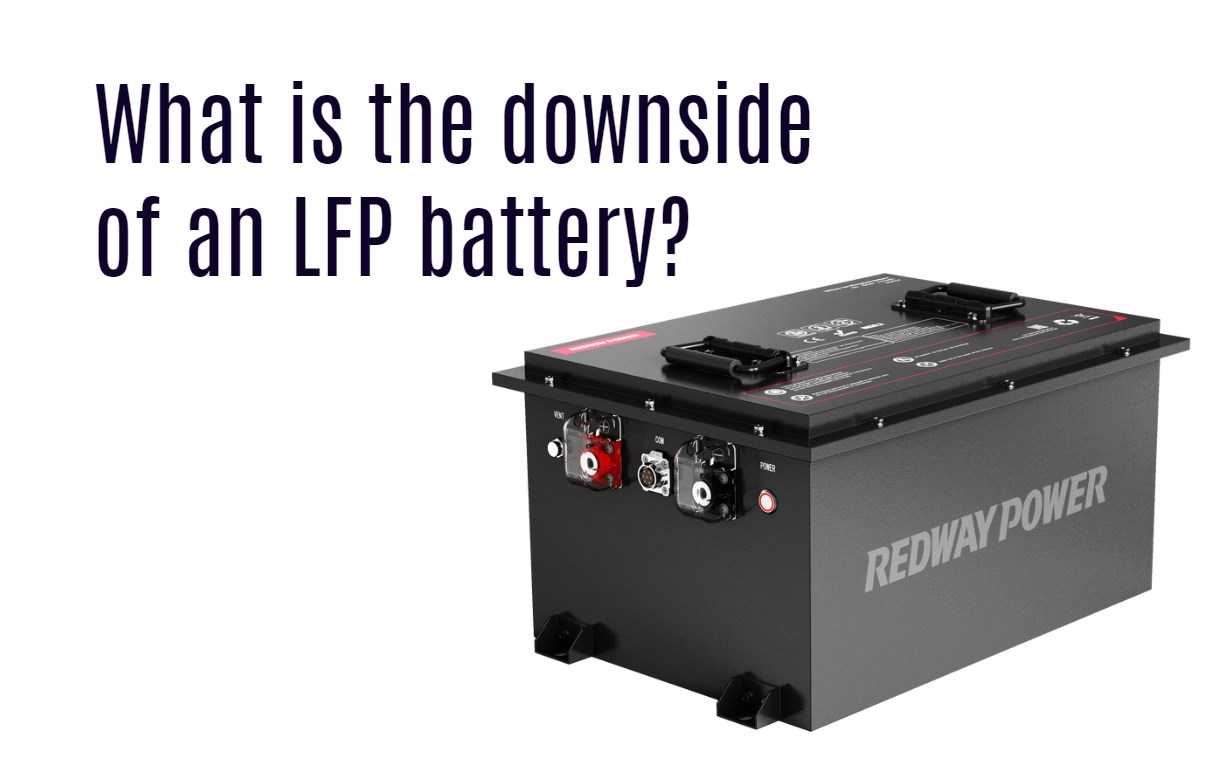In the dynamic landscape of energy storage and electric vehicles, questions about the future of battery technology are ever-present. As society increasingly pivots towards renewable energy sources and sustainable transportation solutions, the focus on batteries, particularly lithium-ion variants, intensifies.
Who is the largest LFP battery producer?
The largest LFP battery producer is Contemporary Amperex Technology Ltd. (CATL).
What is the next big battery technology?
The next big battery technology innovation is under debate.
Five new technologies are listed in this article, but the author makes no predictions as to which of them will be the “next big thing.”
Here is a summary of the five new battery technologies.
- NanoBolt lithium tungsten batteries – These batteries use tungsten and carbon multi-layered nanotubes that bond to the base to form a web-like nano structure, increasing surface area for more ions to attach to. They are faster to recharge and store more energy than traditional batteries.
- Zinc-manganese oxide batteries – This technology uses a chemical conversion reaction to increase energy density in conventional batteries without increasing cost. This makes them a potential alternative to lithium-ion and lead-acid batteries, especially for large-scale energy storage like what is used with electricity grids.
- Organosilicon electrolyte batteries – The electrolyte in lithium batteries is dangerous because it can catch fire or explode. Organosilicon (OS) based liquid solvents are a safer alternative. This electrolyte can be engineered for use in industrial, military, and consumer markets.
- Gold nanowire gel electrolyte batteries – This battery uses a gel electrolyte instead of a more combustible liquid, which makes it safer. Researchers have discovered that coating gold nanowires with manganese dioxide and then covering them with electrolyte gel creates a very resilient battery that can go through 200,000 cycles without losing its ability to hold a charge. Traditional batteries can only handle 6,000 cycles.
- TankTwo String Cell™ batteries – Electric vehicles have a slow recharging process that can be inconvenient for drivers. This technology involves modularizing a battery so that the small cells can be quickly and easily swapped at service stations. This speeds up the recharging process significantly.
Are LFP batteries the future?
LFP (lithium ferro-phosphate) batteries have emerged as potential candidates for electric vehicle (EV) batteries due to their lower cost, longer cycle life, and stability at high temperatures compared to nickel-based batteries. However, their lower energy density has been a limiting factor for their widespread adoption in EVs.
The future of LFP batteries in EV construction is uncertain. While they offer advantages in terms of cost and safety, their lower energy density poses a challenge for meeting the increasing demand for longer driving ranges in EVs.
Automakers like Ford and Tesla have previously announced plans to incorporate LFP batteries into their EV lineups, but Ford has recently paused construction of a major LFP battery plant in Michigan. This decision highlights the ongoing debate and uncertainty surrounding the future of LFP batteries in the EV industry.
Factors Influencing the Adoption of LFP Batteries:
- Driving Range Requirements: Consumer demands for longer driving ranges may continue to favor nickel-based batteries with higher energy densities.
- Cost Considerations: The significantly lower cost of LFP batteries could make them attractive for budget-friendly EV models or in markets where cost-sensitive consumers are the target audience.
- Technological Advancements: Ongoing research and development efforts could lead to improvements in the energy density of LFP batteries, making them more competitive with nickel-based batteries.
- Government Regulations: Environmental concerns and regulations may incentivize the adoption of LFP batteries due to their lower carbon footprint over the long term.
What will replace lithium in battery technology?
Currently, the leading battery technology is lithium-ion batteries, but there are other promising technologies that are in the early stages of development. Some of these include:
- Solid-state batteries use a solid electrolyte instead of a liquid electrolyte, which makes them more stable, safer, and more energy-dense than lithium-ion batteries.
- Sodium-ion batteries use sodium ions instead of lithium ions, which makes them less expensive and more widely available than lithium-ion batteries.
- Iron-air batteries use iron and air to generate electricity, which makes them very inexpensive and sustainable.
- Zinc-based batteries use zinc ions instead of lithium ions, which makes them more environmentally friendly and less toxic than lithium-ion batteries.
- Graphene batteries use graphene as the anode material, which makes them very conductive and fast-charging.
These are just a few of the new battery technologies that are being developed. As these technologies continue to mature, they could potentially replace lithium-ion batteries in the future.
What is the future for lithium-ion battery technology?
The future of lithium-ion battery technology is based on three specific technological advancements:
- Improvements in battery technology can be achieved in a huge range of different ways and focus on several different components to deliver certain performance characteristics of the battery. While there are various paths that battery technology evolution could take, S&P Global has defined three new alternatives to lithium-ion batteries in the table below.
Key Information
- Next-generation 1 Gr-Si Anode / Hi-Ni Cathode: Most likely to be adopted on light vehicle EVs that require longer ranges and fast charging.
- Next-generation 2 Solid State Battery (SSB): Key technology to eliminate battery fire concerns and deliver moderate performance improvements.
- Next-generation 3 Lithium Sulphur / Air: Revolutionary technologies that diverge from all previous chemistry systems.
Key Performance Characteristics of Battery Technology Evolution
- Energy Density: These two values are associated directly to the amount of energy that can be stored per unit volume or mass. The weight and size of batteries are of critical importance to adoption in EV and stationary energy storage applications.
- Power Density: Battery power density is the amount of energy released by a battery when it is discharged within a given capacity. Specific power, like specific energy, refers to the amount of energy produced per unit of mass.
- Charging rate: Charging rate is a term used to describe the amount of power required to charge a device (C-rate). The discharge power of a battery measures how much energy it can produce at any given moment, while the C-rate embodies how fast a battery can be fully charged.
- Life Span: A battery’s capacity decays with the amount of charge and discharge cycles, showing how long it will last. A battery should be reused (second life applications) or recycled once it has degraded to a point when it is no longer suitable for its intended application.
- Cost: The cost of battery is usually defined on a per kWh basis and is the key focus in achieving EV cost parity with internal combustion engine (ICE) vehicles as a battery pack system is the most expensive single component of an electric vehicle (EV).
- Safety: Because of the flammable liquid electrolyte and the release of thermal energy when the cathode material ‘fatigues’ after a certain number of cycles, battery safety is a concern. The rising concerns over battery safety could inhibit the wide adoption of EVs and batteries for energy storage applications.
What will Tesla use instead of lithium?
Tesla does not currently use lithium 12V batteries instead of lead-acid. Instead, they use lead-acid batteries for the 12V system and high-voltage lithium-ion batteries for the main propulsion system. Lithium batteries are lighter and have a longer lifespan than lead-acid batteries, but they are also more expensive. Tesla may switch to lithium 12V batteries in the future, but there is no current timeline for this.
What metal will replace lithium in batteries?
Currently, sodium is the potential alternative to lithium in batteries.
- Availability: Unlike lithium, sodium is 1000 times more abundant than lithium. This abundance can address sourcing challenges related to lithium and expand the scope of battery manufacturing.
- Environmental impact: The extraction of lithium requires water-intensive and polluting mining processes, affecting local ecosystems and water resources. Sodium, in contrast, can be obtained from seawater, offering a more environmentally friendly option.
- Cost-Effectiveness: Recent advancements have improved the energy density of sodium-ion batteries, and their cost-effectiveness is becoming comparable to certain lithium-ion technologies, particularly those using lithium iron phosphate (LFP) cathodes.
What is the downside of an LFP battery?
LiFePO4 batteries, like other types of batteries, have both advantages and disadvantages.
Advantages of LiFePO4 batteries:
- Long cycle life: LiFePO4 batteries can withstand a large number of charge-discharge cycles, often exceeding 5,000 cycles or more. This significantly extends the service life of the battery compared to other chemistries, such as lead-acid batteries.
- High current capability: LiFePO4 batteries can deliver high currents, making them suitable for applications where sudden bursts of energy are required, such as in electric vehicles or power tools.
- Wide temperature range: LiFePO4 batteries operate over a wide temperature range, typically from -20°C to 50°C (-4°F to 122°F). This allows them to perform well in both cold and hot environments.
- Light weight: LiFePO4 batteries are lighter than lead-acid batteries of similar capacity, making them easier to transport and install.
- Environmentally friendly: LiFePO4 batteries do not contain toxic heavy metals, such as lead or cadmium, which makes them more environmentally friendly than some other battery chemistries.
Disadvantages of LiFePO4 batteries:
- Lower energy density: LiFePO4 batteries have a lower energy density compared to other lithium-ion chemistries, such as LiCoO2 or LiMn2O4. This means they store less energy for a given weight or volume.
- Higher cost: LiFePO4 batteries are generally more expensive than lead-acid batteries and some other lithium-ion battery chemistries. This can be a drawback for applications where cost is a critical factor.
- Limited availability: LiFePO4 batteries may not be as widely available as some other battery chemistries, especially in certain regions or for specialized applications.
Why is Tesla switching to LFP?
Tesla is switching to LFP batteries for several reasons, including:
- Cost: LFP batteries are cheaper than other types of lithium-ion batteries, such as NMC and NCA batteries. This is because LFP batteries use iron and phosphorus instead of the more expensive nickel, manganese, and cobalt found in NMC and NCA batteries.
- Safety: LFP batteries are more stable and safer than other types of lithium-ion batteries. They are less likely to catch fire or explode, even if they are damaged or overcharged.
- Lifespan: LFP batteries have a longer lifespan than other types of lithium-ion batteries. They can last for up to 10 years or more, compared to 5-7 years for NMC and NCA batteries.
- Environmental impact: LFP batteries are more environmentally friendly than other types of lithium-ion batteries. They do not contain cobalt, which is a toxic metal that is often mined in dangerous conditions.
Tesla is using LFP batteries in its standard range Model 3 and Model Y vehicles. The company has said that it plans to switch to LFP batteries for all of its vehicles in the future.
Other automakers using LFP
Other automakers are also starting to use LFP batteries in their electric vehicles. Ford has announced that it will use LFP batteries in its Mustang Mach-E and F-150 Lightning vehicles. Rivian is also using LFP batteries in its R1T and R1S vehicles.
The use of LFP batteries in electric vehicles is expected to increase in the coming years. This is because LFP batteries offer several advantages over other types of lithium-ion batteries, including lower cost, improved safety, longer lifespan, and reduced environmental impact.






